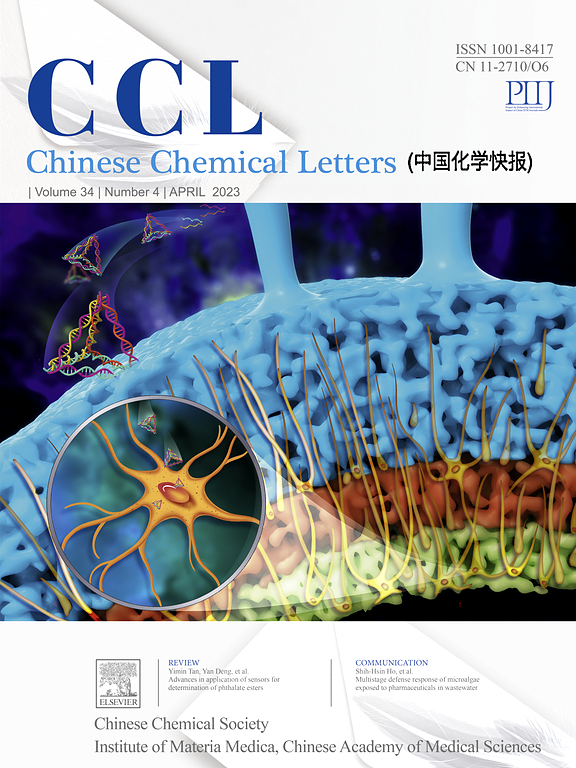DFT calculation for organic semiconductor-based gas sensors: Sensing mechanism, dynamic response and sensing materials
IF 9.4
1区 化学
Q1 CHEMISTRY, MULTIDISCIPLINARY
引用次数: 0
Abstract
Organic semiconductor materials have demonstrated extensive potential in the field of gas sensors due to the advantages including designable chemical structure, tunable physical and chemical properties. Through density functional theory (DFT) calculations, researchers can investigate gas sensing mechanisms, optimize, and predict the electronic structures and response characteristics of these materials, and thereby identify candidate materials with promising gas sensing applications for targeted design. This review concentrates on three primary applications of DFT technology in the realm of organic semiconductor-based gas sensors: (1) Investigating the sensing mechanisms by analyzing the interactions between gas molecules and sensing materials through DFT, (2) simulating the dynamic responses of gas molecules, which involves the behavior on the sensing interface using DFT combined with other computational methods to explore adsorption and diffusion processes, and (3) exploring and designing sensitive materials by employing DFT for screening and predicting chemical structures, thereby developing new sensing materials with exceptional performance. Furthermore, this review examines current research outcomes and anticipates the extensive application prospects of DFT technology in the domain of organic semiconductor-based gas sensors. These efforts are expected to provide valuable insights for further in-depth exploration of DFT applications in sensor technology, thereby fostering significant advancements and innovations in the field.

基于有机半导体的气体传感器的 DFT 计算:传感机理、动态响应和传感材料
有机半导体材料具有化学结构可设计、物理化学性质可调等优点,在气体传感器领域具有广泛的应用前景。通过密度泛函理论(DFT)计算,研究人员可以研究气敏机制,优化和预测这些材料的电子结构和响应特性,从而确定具有气敏应用前景的候选材料进行针对性设计。本文综述了DFT技术在有机半导体气体传感器领域的三种主要应用:(1)通过DFT分析气体分子与传感材料之间的相互作用来研究传感机理;(2)利用DFT结合其他计算方法模拟气体分子的动态响应,包括在传感界面上的行为,以探索吸附和扩散过程;(3)利用DFT筛选和预测化学结构,探索和设计敏感材料。从而开发出具有优异性能的新型传感材料。此外,本文综述了目前的研究成果,并展望了DFT技术在有机半导体气体传感器领域的广泛应用前景。这些努力有望为进一步深入探索DFT在传感器技术中的应用提供有价值的见解,从而促进该领域的重大进步和创新。
本文章由计算机程序翻译,如有差异,请以英文原文为准。
求助全文
约1分钟内获得全文
求助全文
来源期刊

Chinese Chemical Letters
化学-化学综合
CiteScore
14.10
自引率
15.40%
发文量
8969
审稿时长
1.6 months
期刊介绍:
Chinese Chemical Letters (CCL) (ISSN 1001-8417) was founded in July 1990. The journal publishes preliminary accounts in the whole field of chemistry, including inorganic chemistry, organic chemistry, analytical chemistry, physical chemistry, polymer chemistry, applied chemistry, etc.Chinese Chemical Letters does not accept articles previously published or scheduled to be published. To verify originality, your article may be checked by the originality detection service CrossCheck.
 求助内容:
求助内容: 应助结果提醒方式:
应助结果提醒方式:


